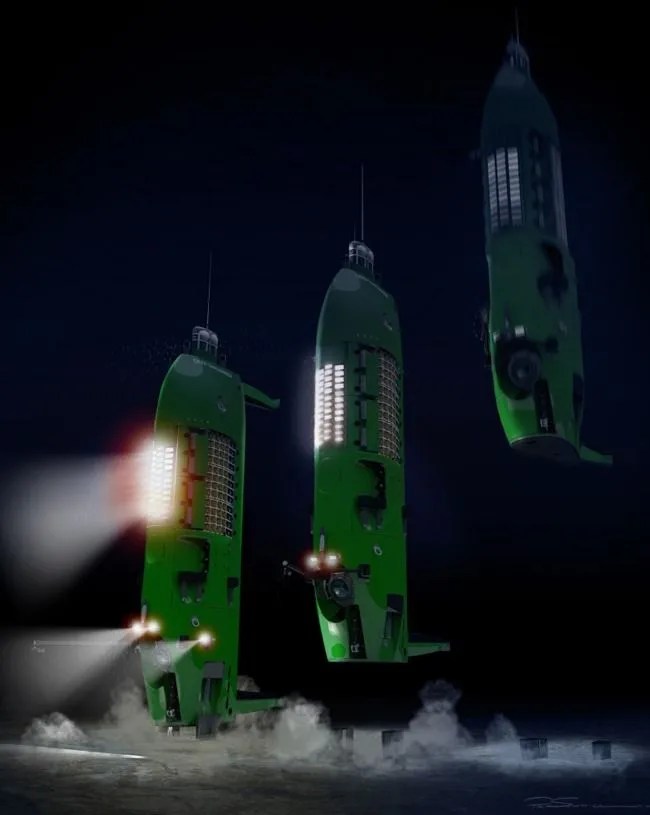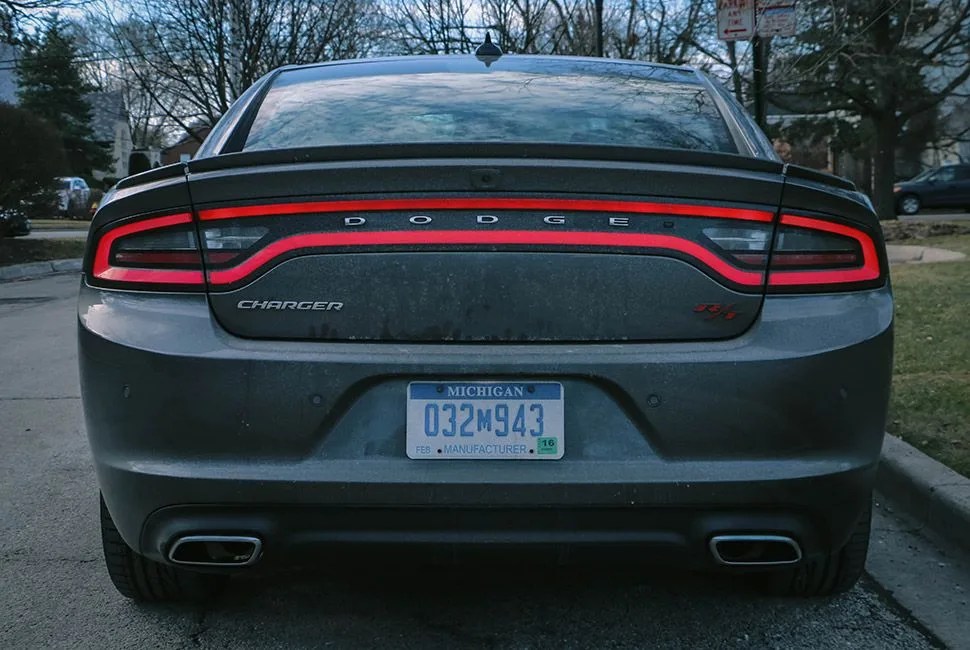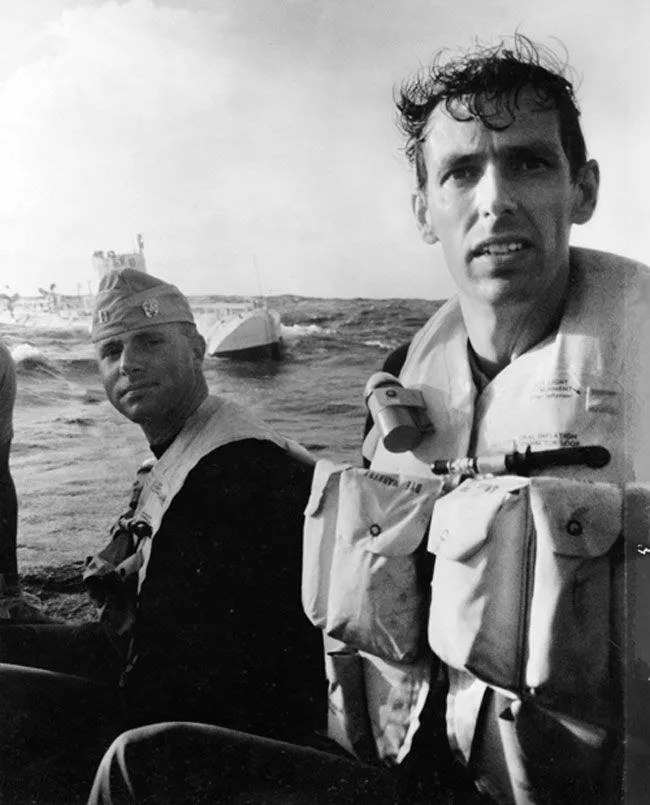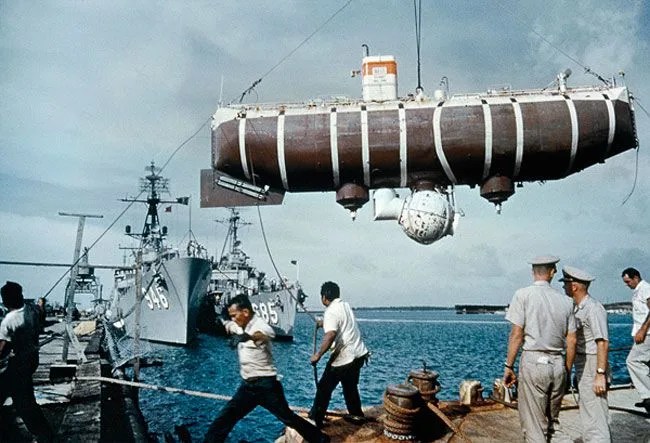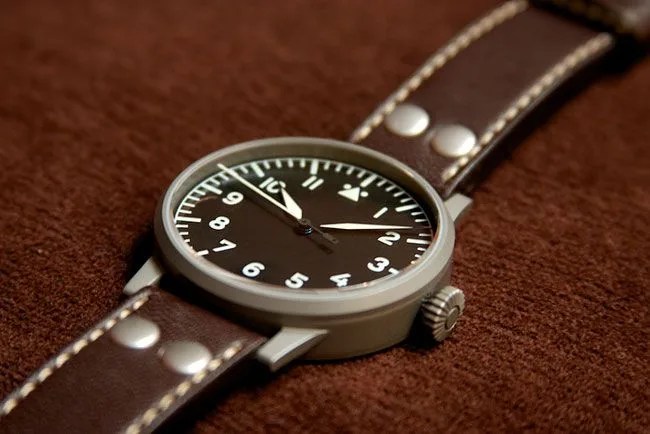7 photos
The yew tree doesn’t die, Ger Buckley explains. He’s got a big block crosscut section of one right in front of us, held across his knee. He points out the coloring of the wood — here a deep chocolate, riddled throughout with a base of beautiful chestnut brown, even in one spot a splotch that’s nearly pink — which all swirls across the surface like ether exposed to the light. Well, they do die, obviously. But what he’s trying to say is that these trees live ages. Up to 5,000 years. When you cut the yew it turns bright red, like it’s bleeding, which is why it’s the only tree he’s ever cut that felt really like a living thing that he’d killed. We stand in silence in his workshop, staring at the yew slab, thinking of life and death and time, surrounded by wood and its deep smells of eternity and the slow process of rot.
A lot of coopering is actually feel. It’s instinct.
Buckley is the master cooper at Jameson‘s Midleton distillery. He’s in charge of the distillery’s barrels, though unlike a traditional cooper he doesn’t make any barrels from scratch during his day job. That’s a product of the way Irish and Scotch whiskey is made: all of their barrels have been made from oak elsewhere, often on mechanized production lines; Jameson buys them after they’ve been used to age bourbon, sherry or port. The previous renters of the barrels lend Jameson’s whiskey much of its flavor, and dictate Buckley’s job description: his focus is keeping the distillery’s barrels in shape, repairing cracks and other damage that can be invisible to the naked eye in the staves so they don’t leak during the years of aging it takes to mature a whiskey. This he does by hand, in his moldering cooperage filled with mottled barrels in need of structural repair, often using only traditional tools.
Which would be impressive enough, considering Buckley’s done it for his entire adult life and can still use a hammer to tighten a barrel’s hoops with the rhythm of an angry metronome. But he’s also the fifth generation of a family of coopers whose singular career experience stretches back 200 years. As far as humans go, that’s yew-like.
Buckley bloodline is fertile ground for a love of wood — be that oak, yew or any other number of species, used for whiskey barrels or not — and his contentment with his career is obvious. He’s the kind of beloved company man whom young employees embrace like he’s their grandpa, who has known the company’s current master distiller, Brian Nation, “boy and man”, since he started at the brewery nearly 20 years ago. Buckley, at 55, has the excitement of a schoolboy when it comes to coopering, and the expertise of a meister. As he explains his craft he roves about his shop, fingering handmade tools and taking every opportunity to demonstrate on the wood. “I’m slower than I used to be,” he tells us after he’s hammered iron hoops into place around a bourbon barrel’s arched staves. “But even at my best I was never as good a cooper as my dad.” It’s all about precedence in Ger Buckley’s shop, and even if it is true he never eclipsed his father’s excellence, he seems content with the place he’s found in the Buckley family history, within a special career shared by few men in the world today, and with the medium that lives and grows and ages and rots around him all day, every day.
Q. Can you kind of go over pretty broadly what a cooper is, and what you do?
A. A cooper is an old Greek word that means vat maker. So you’re making a container. The art of coopering started four-and-a-half thousand years ago with basically just a wooden top. You’re just taking pieces of wood, called staves, making them into a shape, putting an angle on them, to form a container… [Barrels were] a principle container for well over 2,000 years, for everything from apples to jams, to meat, to fish, to whiskey, to wine. It became the principle container. Here in Cork, one of the main containers we made was a cask called a firkin, which my grandfather and his people all before him made for exporting to the British Empire.


